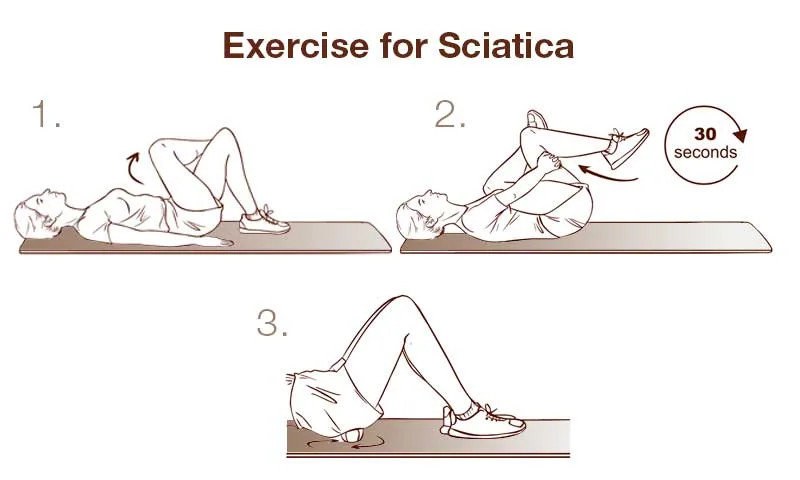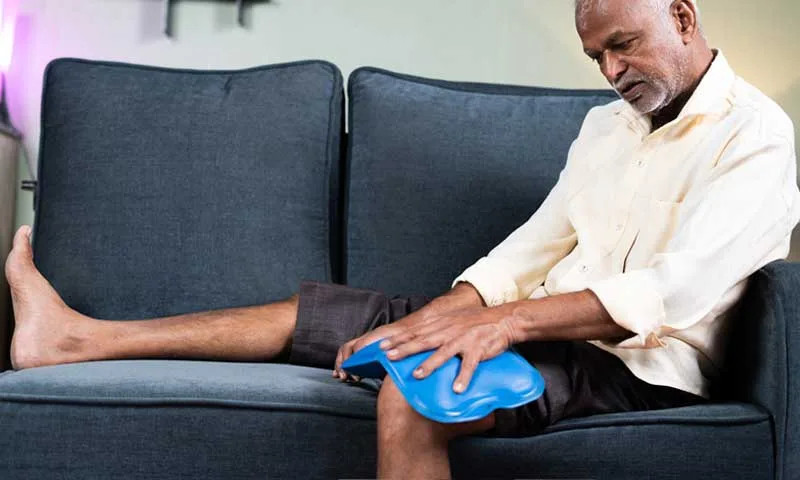It’s a common experience – leg pain. Whether it’s a sudden sharp twinge or a persistent ache, leg discomfort can disrupt your daily life and raise concerns. You want to take care of your health, but you might wonder, “Is this leg pain serious enough to see a doctor?” Understanding when to consult a Leg Doctor is essential for timely and effective care.
This guide provides helpful information to determine when it’s time to seek professional medical advice for your leg pain.
Understanding the Complexity of Your Legs
Your legs are intricate structures composed of various components working together:
- Vascular System: This includes blood vessels like arteries and veins. Vascular specialists, also known as endovascular surgeons, focus on vascular issues throughout the body, excluding the heart and brain. Problems here can manifest as leg pain.
- Musculoskeletal System: Bones, ligaments, joints, and tendons form this system. Orthopedic surgeons or orthopedists are the specialists for musculoskeletal problems causing leg pain.
- Neurological System: Nerves and the nervous system are crucial for sensation and movement. Neurologists specialize in neurological conditions that can cause pain radiating to the legs.
Therefore, identifying the source of your leg pain is the first step in determining the right type of leg doctor or specialist to consult.
Starting Point When the Cause of Leg Pain Is Unknown
If you’re unsure about the origin of your leg pain, your general practitioner (GP) is an excellent starting point. They can assess your symptoms and guide you to the appropriate specialist if needed.
Interestingly, leg pain isn’t always caused by a problem within the leg itself. Pain can sometimes be referred from other areas of the body. Sciatica is a prime example, where pain originating from the spine’s nerve pathways is felt down the leg. While exercise can help sciatica, consulting your GP or a neurologist is recommended for diagnosis and management.
 Steps to doing an exercise for sciatica
Steps to doing an exercise for sciatica
Alt text: Sciatica exercise demonstration showing seated hamstring stretch to relieve nerve pain radiating down the leg.
In some cases, the cause of leg pain is visually apparent, such as with varicose veins. These twisted veins are visible on the leg’s surface and are often accompanied by discomfort. In such instances, directly contacting an endovascular surgeon, a type of leg doctor specializing in vein conditions, can expedite assessment and treatment.
To better understand when to seek medical help, let’s consider how the pain began and its duration.
Acute vs. Chronic Leg Pain: Knowing the Difference
The onset and duration of leg pain are important indicators of its potential cause and the urgency of seeking medical attention from a leg doctor.
Acute pain is characterized by its sudden, sharp, and intense nature. It serves as a warning signal for an immediate bodily issue requiring prompt evaluation.
Chronic pain, on the other hand, may develop gradually and be less intense initially, but it can persist or worsen over time, becoming a constant source of irritation. If you experience chronic leg pain without a known cause for several days, it’s advisable to schedule an appointment with a leg doctor. However, unless the pain is severe, an immediate emergency visit may not be necessary.
When Leg Pain Requires Immediate Medical Attention
Acute Leg Pain Resulting from Injury
If your leg pain is the result of a significant injury, such as a deep cut or an injury exposing bone or tendon, immediate medical attention at an emergency room or urgent care center is crucial. These types of injuries carry a high risk of serious infection and require immediate professional care to ensure proper healing. Diagnostic tools like X-rays can aid in accurate diagnosis and treatment, promoting complete recovery.
Unexplained Leg Pain with Concerning Symptoms
It might be tempting to dismiss certain symptoms, but some unexplained leg pain symptoms warrant immediate medical evaluation. Seek emergency medical care if you experience any of the following:
- Leg swelling accompanied by breathing difficulties.
- Sudden inability to bear weight or stand on the leg.
- Abrupt onset of severe leg pain.
- Calf pain that develops after prolonged periods of sitting, especially following long car or plane trips.
 A woman with pain in her calf sitting down and holding her calf
A woman with pain in her calf sitting down and holding her calf
Alt text: Woman experiencing unexplained calf pain while seated, indicating potential need to consult a leg doctor.
Suspicion of Deep Vein Thrombosis (DVT)
While muscle injury is a common cause of calf pain, it can also be a symptom of Deep Vein Thrombosis (DVT), particularly after extended travel. DVT is a serious condition involving a blood clot in a deep vein, often in the leg. This clot can travel to the lungs, leading to a life-threatening pulmonary embolism. Prompt treatment is essential and typically involves medication and compression stockings.
DVT symptoms in the calf can include pain, cramping, soreness, or tenderness. The pain is often described as a cramp-like sensation rather than sharp or stabbing. Other symptoms may include swelling, redness, warmth, or skin discoloration in the affected leg. If you experience these symptoms, especially after traveling, seek immediate medical attention from a leg doctor or emergency services if your doctor is unavailable.
When to See a Leg Doctor for Non-Emergency Leg Pain
Chronic, unexplained leg pain is also a valid reason to consult a leg doctor. Schedule an appointment if your leg pain is:
- Uncomfortable and bothersome.
- Persistent and doesn’t subside.
- Gradually worsening over time.
- Not improving after several days of home care.
Self-Care for Minor Leg Pain
Many instances of leg pain are due to muscle strain from overuse or occasional leg cramps. Muscle cramps, while intensely painful, can often be managed at home. Common causes include muscle overuse in hot weather, certain medications, dietary factors, and dehydration. Gentle massage, stretching, and applying a heating pad can provide relief.
If you’ve been physically active and experience sore leg muscles and minor swelling, rest is crucial. Elevating your legs and applying ice packs for 20 minutes at a time, three times daily, can help reduce inflammation and pain. Over-the-counter pain relievers like ibuprofen can also be beneficial.
 Man applies cold compress to help sore leg muscles
Man applies cold compress to help sore leg muscles
Alt text: Man using cold compress on leg to treat muscle soreness, a common condition addressed by leg doctors.
Varicose Veins: A Treatable Cause of Leg Pain
Varicose veins are a common condition affecting a significant portion of the adult population. These twisted, bluish-purple veins, often found on the legs, ankles, and feet, are more prevalent in adults over 50 and can have a genetic component.
 Varicose veins can cause feelings of leg heaviness and pain
Varicose veins can cause feelings of leg heaviness and pain
Alt text: Close-up of leg with varicose veins, a condition that may necessitate seeing a leg doctor for treatment.
While not always a health risk, varicose veins can become painful and are often considered cosmetically undesirable. Leg pain symptoms associated with varicose veins include:
- Leg fatigue, especially at the end of the day.
- A dull ache in the leg.
- Itching or tingling sensations.
- Leg cramps.
- Feelings of heaviness in the legs.
Fortunately, effective treatments are available for varicose veins to alleviate pain and improve their appearance. If you suspect varicose veins are the cause of your leg pain, a leg doctor specializing in veins can provide diagnosis and treatment options.
If you are experiencing persistent or concerning leg pain, consulting a leg doctor is a proactive step towards ensuring your health and well-being. Don’t hesitate to seek professional medical advice to address your leg pain effectively.

